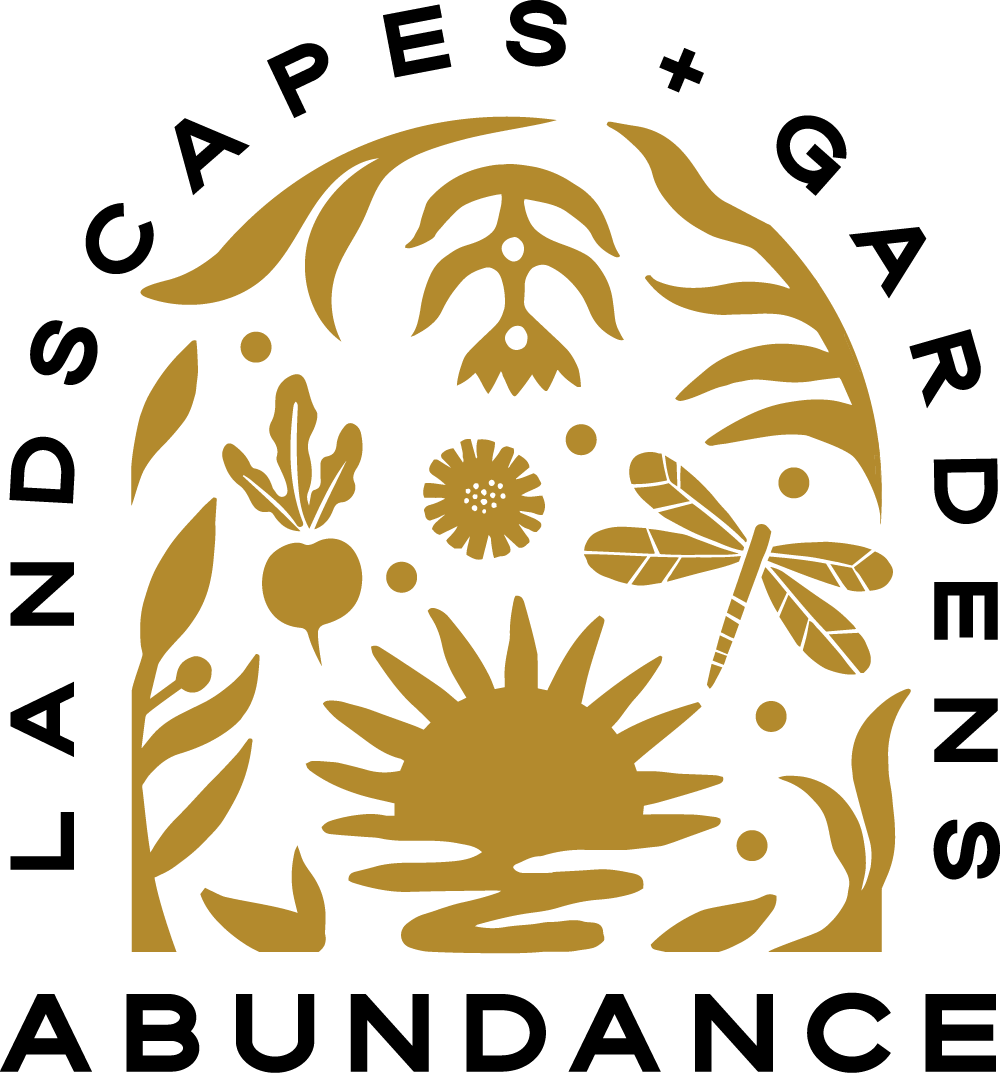 Image 1 of
Image 1 of


Russian Pomegranate Trees
Russian Pomegranate - Punica granatum
3 Gallon Containers | 3-4 Feet Tall
Russian Pomegranate - Punica granatum
3 Gallon Containers | 3-4 Feet Tall
Russian Pomegranate - Punica granatum
3 Gallon Containers | 3-4 Feet Tall
Russian Pomegranate - Punica granatum
While most people might not know it, pompogrates have been grown in Georgia backyard for decades. In fact, my Grandmother told me that my great aunt, Aggie, had a pomegranate tree growing in her yard that reliably produced fruit every year, way before I was born.
So why don’t you see many growing here anymore? It is most likely due to the reduction of varieties widely available for sale and the rise in popularity of the ‘Wonderful’ pomegranate variety which is now, by far, the most widely cultivated variety in the country. While the Wonderful variety does extremely well in California, it performs very poorly here in Georgia due to it’s low tolerance for cold.
This is why we are offering two varieties of russian pomegranates that are extremely cold hardy and great for the Atlanta area.
In the Edible landscape - With their small, feathery leaves and upright growth pattern, russian pomegranates are great for adding different textures and heights in the snackyard. They have attractive red flowers that later develop into large red fruit, before their leaves turn bright yellow in the fall.
Salavatski - An extremely cold hardy variety of Pomegranate said to have survived -6 F at a test site in Montezuma, Ga, while also producing high quality fruit as large as store bought Wonderful varieties.
Nikitski Ranni - Often referred to as the best tasting russian pomegranate, Nikitski Ranni is a gold star for growers and hobbyists in the humid southeast. Extremely resistant to pest and disease, while producing an abundance of orange flowers for an extended time in the spring.
Surh-Anor: Cold-Hardy and productive, its differentiator are pinkish-yellow poms (the fruit) with extremely sweet flavor. Had some of the highest production rates in a UGA field study.
*alL varieties of russian pomegranates that we offer are self-fertile (only one tree is needed to produce fruit); however, having another tree planted close by will increase the amount of fruit each tree produces.
Harvest: August - 8’ - 14’’ Tall & 6’-8’ Wide
Spacing: 8’- 10’
USDA Hardiness Zone: 7b - 10a
Ornamental Value: Orange / red flowers pink blooms in early spring, small, feathery leaves, yellow fall foliage, compact upright growth pattern.
Sun Needs: Full sun to partial shade
Soil Needs: Well drained soil is a must
